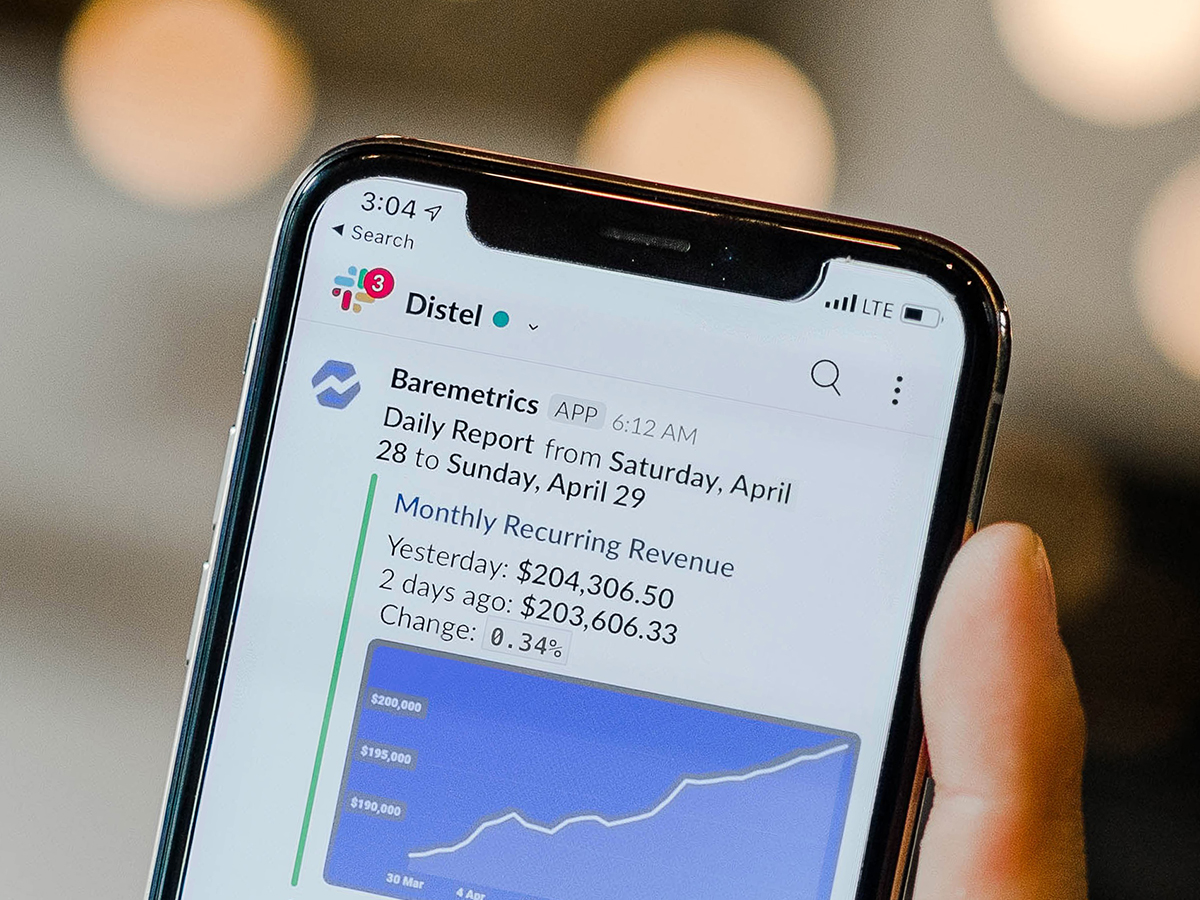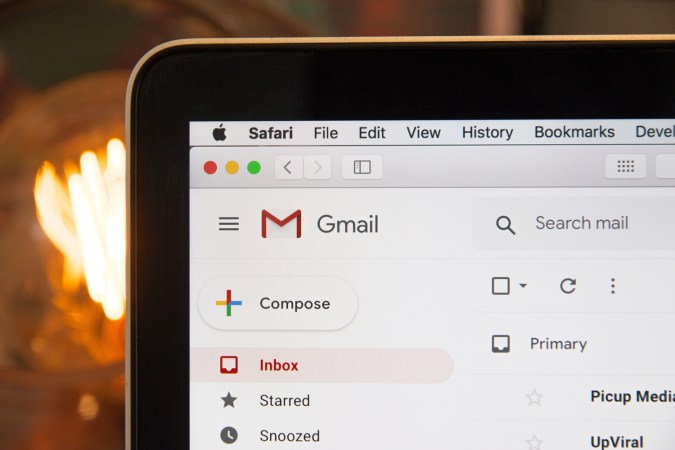

Slack is on a mission to improve communication and collaboration in the workplace. Big companies such as Airbnb, EA, and Target, have adopted the platform as an official information channel, and your employer might as well have joined the ranks.
The service works seamlessly on desktop and mobile devices, and if you think there’s a lot you’re already doing with Slack, we’re here to help you do even more: From lightening the mood with the perfect inline GIF, to making sure your files and documents are just a click away.
Avoid notification overload

Slack can get very busy, which is why one of your first tasks when you sign up should be to set the times when it can’t disturb you. On the web, click your workspace name (top left), then Preferences, then Notifications. Here you can set how Slack alerts you about direct messages and mentions of your name.
You can set Do not disturb times, during which Slack won’t notify you of anything on any device. This is useful when you want to make the most out of your free time, but if you’re already worried about not knowing if your office is on fire, despair not—your co-workers can override these settings if something is really, really important.
If you have Slack installed on your phone, further down the Preferences page you can have alerts sent to your mobile device once you’re inactive on any of the desktop versions. You can also choose to have email alerts sent every hour or 15 minutes, which you might find less intrusive than notifications pinging your phone.
Meanwhile, click the cog icon at the top of any channel in Slack, then choose Notification preferences, and you can set certain options that only apply to that specific channel. You’ll be able to mute the entire channel, or ignore notifications from @channel or @here commands.
Find just about anything in Slack

The search box is up at the top of the Slack interface on the desktop, and on mobile you only need to tap the magnifying glass at the top to find it. It’s designed to be as straightforward as possible—just start typing your keywords—but you’ve got plenty of advanced features to make use of as well.
Type “in:” followed by a channel or a username (no space) to restrict the search to that particular channel or user. You can also use “from:” followed by a username to search all the messages from a particular user, or “to:” to see all the messages sent directly to you (in threads and in private conversations. In all these examples, if you don’t supply a search term, you’ll see everything in reverse chronological order.
Restricting searches by date is really useful. Try “before:” or “after:” followed by a date or just a day or month (or just them both together). The “on:” operator followed by a date, meanwhile, returns results from a specific day. You can also use “in:” then a month or year to restrict results in that way. Again, you can add search terms to these operators, or just have Slack show everything.
Use “has:star” to find matches that are starred, or “has:reaction” to find matches with emoji reactions attached to them. As you start using these search filters, you’ll see suggestions for searches underneath, and on the desktop a side panel will appear that enables you to restrict searches to certain people, channels, or dates with a click.
Build your own to do lists

Slack is for more than just chatting with your co-workers. One of the additional productivity tools it offers are simple to do lists. On the most basic level, you can just star items, by long pressing on messages on mobile or clicking the adjacent star button on desktop. Starred items appear when you click the star icon in the top-right corner on your computer, or select Starred items from the menu on mobile (three dots, top right).
Another option is to create a separate #to-do channel inside your Slack workspace, then post to do items as messages—remember that each one can be assigned to a person by tagging them with the “@” symbol, and you can use emoji reactions to mark items as done or in progress. To create a numbered list in a message, hit Shift+Enter after each line then use Ctrl+Shift+7 (on Windows) or Cmd+Shift+7 (on Mac). For bullets instead of numbers, use Ctrl+Shift+8 (on Windows) or Cmd+Shift+8 (on Mac).
If that doesn’t work for you, send yourself a direct message: Create a direct message as normal, but pick yourself as the recipient. Again, you can star messages, and create numbered and bulleted lists. You can also create a post with actual checkboxes: Click the paperclip icon in the new message box at the bottom of the desktop interface, then choose Create new and Post. When you select rows of text, a checkbox option appears. Posts can be viewed on mobile, but have to be created on the desktop.
For a more comprehensive to do list solution that offers features like deadlines, priorities, and the ability to assign tasks to different people, connect up a third-party app to Slack. Todoist, Today List, Wunderlist, Asana, Andy.do, and Trello are some of the apps that plug right into Slack to help manage your to do lists.
Set Slack reminders

With so much going on inside and outside of Slack, it can be tricky to keep on top of everything, which is why there’s a reminder function built right into it. On desktop, click the three dots to the side of any message or post, then choose Remind me about this and pick a time period.
The same feature is available on mobile too—Just long press on any message and then choose Remind me from the menu that pops up. When it’s time, you’ll get a private message sent to you by Slackbot. Don’t worry—no one else will be able to see the reminders you set for yourself.
To see the reminders that are currently active, type “/remind list” into the message box on Slack. You’ll see links to all the posts you’re going to be reminded about, the channel or conversation they are in, and how long is left before the reminder kicks in. You can delete or complete tasks from the same list—doing that keeps them in your list, but you won’t get the actual reminder.
It’s also possible to create freeform reminders from the message box in the format “/remind[who][“what”][when]” (you can leave reminders for other people too). So, “/remind me “buy milk” every Friday” would work, as would “/remind @bill “buy milk” at 4pm”. For a complete rundown of the syntax that’s supported, see the help guide on Slack.
Catch up on your activity

As the number of channels and private conversations you’re involved in increase, you might miss something important, which is where the activity panel comes in. Click on the @ symbol in the top right-hand corner of the screen on desktop, and you’ll see all of your recent mentions, reactions, and messages.
You can choose what shows up here, if the panel is too busy or not busy enough. Click the view options button at the top (it looks like a series of sliders), and you can choose whether results include @channel mentions, reactions to your posts, and your group conversations.
You can view the same list of activity on mobile as well, if you tap the menu button (three dots, top right) then choose **Activity**. On mobile, you can’t tweak the activity view in terms of channel mentions—the same settings you’ve configured on the desktop will be carried over.
As well as making sure you don’t miss out on anything important, the activity view is useful for jumping back to something you’ve seen but now can’t find. Click on **View message** (on the desktop) or just tap on the entry in the list (on mobile) to jump to the original post in Slack.
Know your keyboard shortcuts

Keyboard shortcuts are some of the best and simplest productivity hacks out there—no matter what platform and app you’re using, knowing the right keyboard shortcuts can save you many minutes of scrolling and clicking every day.
It’s the same in Slack. Slack has a full and official list, but some of our favorites include Ctrl+Shift+T (or Cmd+Shift+T on Mac) for jumping straight to the list of threads you’re involved in, Shift+Esc for marking everything on Slack as read (useful for when you return after a week’s vacation), and Shift+K (or Cmd+K on Mac) for running a search (and seeing unread threads underneath).
Bear in mind that you can also use the slash (“/”) key to trigger all kinds of actions and events inside Slack. Just tap the slash key inside the message box on Slack for desktop or mobile, and you’ll see a list of available commands: “/away” to mark yourself as away, “/mute” to mute a particular channel, “/shrug” to post a shrug to the current channel or message thread, and many more.
Whoever is managing your Slack workspace may well have added various extensions and plug-ins to Slack, and these can often be accessed with a slash command too—you should see all the available ones in the list as soon as you tap the slash button. They cover everything from Slack polls to cloud storage integrations.
Drop GIFs into your Slack conversations

Speaking of third-party add-ons, they can enable GIFs inside Slack as well. Check out the Slack App Directory and search for “GIF” to see all the different options. The manager of your Slack workspace will be able to add these integrations, and you might be able to as well, depending on the permissions you were granted by the owner.
One of the most popular GIF plug-ins is Giphy. Once it’s installed on your Slack workspace, you can type “/giphy” in any channel or conversation, then follow it with a word or phrase. Once you hit Enter, you’ll see a GIF matching your search pop up.
Another GIF-posting Slack integration comes courtesy of Gfycat. The way it works is very similar: Just type “/gfycat” into Slack, followed by a word or phrase, and the add-on finds a matching GIF from its database. If you’re not happy with the first choice, click on Show me another until you find one that you like.
You can also go old-school and load in your own GIFs from your device without resorting to any third-party app. Click the paperclip icon next to the message box in the desktop Slack app, or underneath the message box on mobile, and you’re then able to pick out a GIF (or any other file) from your computer or mobile device.















